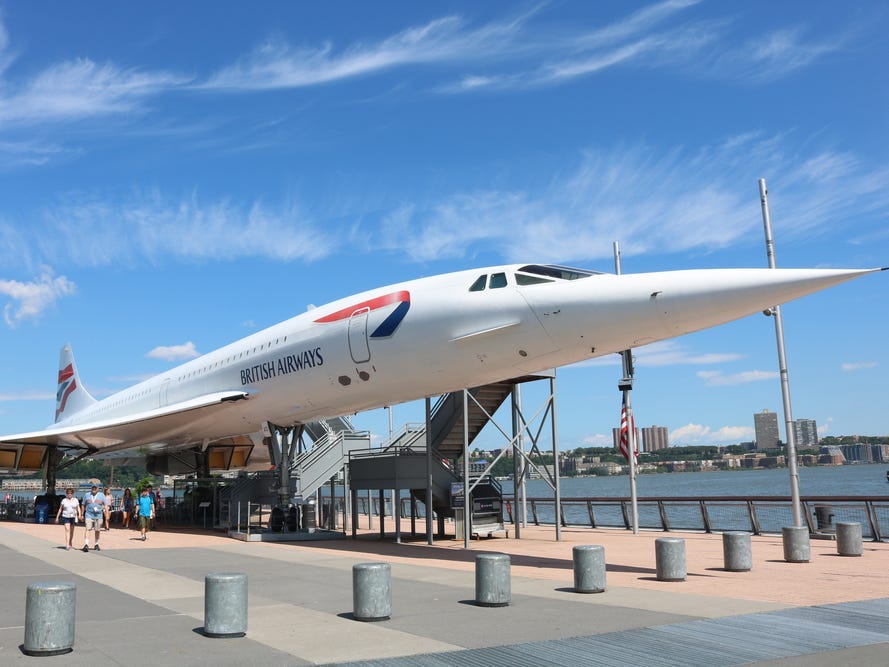Concorde, the iconic supersonic commercial jetliner, operated from 1976 until its retirement in 2003. This aircraft, which became synonymous with luxury travel, was primarily patronized by celebrities, royals, and high-profile executives. Despite its status and technological advancements, Concorde faced an inevitable discontinuation due to soaring operational costs and safety concerns—a fate sealed by both its economic unsustainability and a tragic accident that claimed 113 lives. Today, a Concorde aircraft is preserved for public viewing at the Intrepid Museum in New York City, offering visitors a glimpse into the grandeur and history of supersonic travel.
The inception of Concorde traces back to 1962 when the British and French governments joined forces through the Anglo-French Agreement to develop a supersonic jet. The name “Concorde,” symbolizing unity in English and French, aptly represented this collaborative endeavor. After extensive testing—culminating in its maiden flight in 1969—Concorde took to the skies for commercial flights starting in 1976. It soared through the skies at speeds surpassing Mach 2, effortlessly crossing the Atlantic in a fraction of the time required by conventional aircraft. Among its many distinguished passengers were Queen Elizabeth II and celebrated figures both from the entertainment industry and business sectors.
Despite its luxurious offerings—complete with gourmet in-flight dining and exclusive lounges—Concorde’s operational challenges ultimately overshadowed its allure. The sonic booms produced upon breaking the sound barrier severely limited its routes, primarily confining them to over-water paths to mitigate noise complaints. British Airways, which operated a significant number of Concorde flights, reported staggering annual costs approximating £1 billion, making it financially untenable. A disastrous accident in 2000, when a Concorde crashed shortly after takeoff, compounded these challenges, leading to a year-long grounding and subsequent drastic revamps to enhance safety.
Following the last commercial flight in 2003, Concorde jets transitioned from operational marvels into historical artifacts. The Intrepid Museum, which houses one of the few remaining Concorde aircraft, provides an engaging experience for visitors. The museum serves as a bridge to the past, illustrating the luxurious flight manner of the Concorde era and the elite clientele that frequented its cabins. Touring the Concorde at the Intrepid gives a vivid picture of the lavish experiences offered— from lounge access with open buffets to plush seating that resembled armchairs more than typical airplane seats.
During a visit to the Intrepid Museum, guests can take guided tours of the Concorde, but they must navigate the museum’s setup, which includes timed admissions. The experience aboard the Concorde offers a perspective on its bygone travel luxury, with curated elements that showcase its operational history—ranging from elegant onboard china to the compact yet sophisticated cabin layout. Visitors gain insights into the technological innovations that enabled such incredible speeds, alongside the realities of fuel consumption and cabin configurations that defined the aircraft.
The flight deck, once bustling with a captain, first officer, and flight engineer, is a notable highlight during tours. It provides a glimpse into the complex systems that were overseen by highly trained professionals during flights. Additionally, the distinction of Concorde’s service included seasonal gourmet menus and curated wine pairings, all factors that contributed to its image as the epitome of luxurious air travel. The juxtaposition of past grandeur against today’s commercial flying options emphasizes Concorde’s role in aviation history while simultaneously raising questions about the future of supersonic travel, particularly as modern startups attempt to revive this segment of aviation amid contemporary economic and safety challenges.

